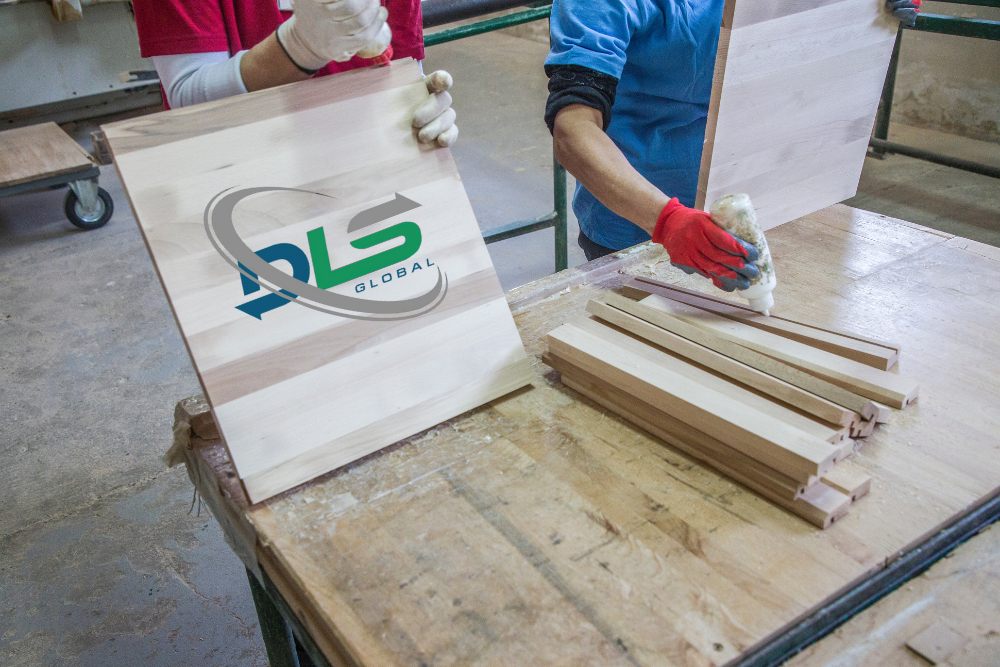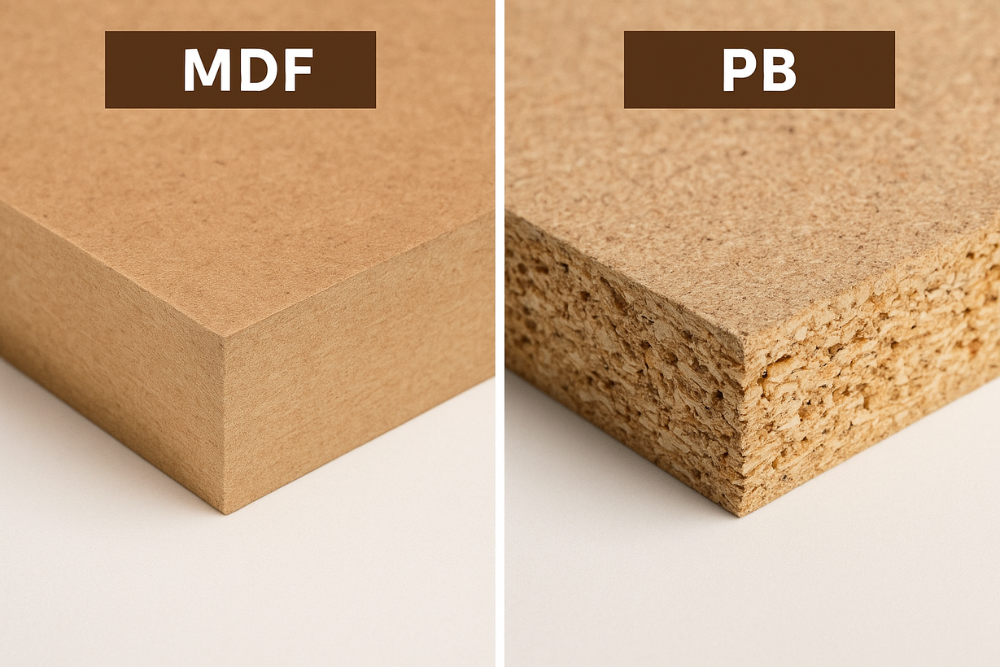🇺🇸 The U.S. Imposes New Global Tariffs on Timber and Furniture: Implications for Vietnam’s Wood Industry
The long-anticipated tariff policy has officially come into effect. Starting October 14, the U.S. government under President Donald Trump has announced a new round of global tariffs on timber and furniture imports, with no exceptions based on the exporting country. If a product falls under the specified HS codes, it will be subject to these tariffs, regardless of whether it comes from China, Vietnam, or elsewhere.
According to the official White House announcement:
-
🪵 A 10% global tariff will be imposed on imported timber and lumber.
-
🛋️ A 25% global tariff will apply to certain upholstered furniture, and this rate will increase to 30% on January 1.
-
🚪 A 25% global tariff will be applied to kitchen cabinets and vanities, rising to 50% on January 1.
👉 View the official announcement on the White House website
📌 Why This Matters for Vietnam’s Wood & Furniture Exporters

The U.S. is currently the largest export market for Vietnam’s wood and furniture industry, accounting for over 50% of total export value in recent years. The new global tariffs will directly impact Vietnamese manufacturers and exporters, particularly those producing timber products, wooden furniture, kitchen cabinets, and upholstered goods.
Since these tariffs are global and not country-specific, all imports into the U.S. with matching HS codes will be affected. This means even if Vietnamese products enjoy a 20% Most-Favoured Nation (MFN) duty, the new tariffs will be added on top, significantly increasing the total cost of importing into the U.S. market.
⚠️ Potential Impacts on Vietnam’s Industry
-
💸 Rising Costs and Reduced Competitiveness
Higher tariffs will make Vietnamese furniture more expensive for U.S. buyers, potentially reducing orders and increasing pressure on profit margins. -
🔄 Supply Chain Adjustments
Many Vietnamese companies currently rely on imported raw materials. These materials may also fall under the new tariff categories, leading to cost increases along the entire supply chain. -
🧭 Market Shifts and Strategic Repositioning
Exporters may need to diversify markets or explore alternative product lines less affected by tariffs to maintain export momentum.
📝 How Vietnamese Businesses Should Respond

-
✅ Review HS Codes Carefully: Check whether your products fall under the tariff list. Make adjustments in classification and production plans if necessary.
-
📊 Re-evaluate Pricing & Contracts: Anticipate tariff increases when quoting prices or signing long-term agreements.
-
🌏 Explore New Markets: Diversifying export destinations can help reduce dependency on the U.S. market.
-
🤝 Strengthen Communication with U.S. Buyers: Work closely with partners to share accurate information and seek cost-sharing solutions.
-
🧠 Strategic Planning: Consider upgrading product value, shifting to non-affected items, or exploring local U.S. assembly options to mitigate tariff impacts.
🇻🇳 Conclusion

The new U.S. global tariffs mark a significant policy shift that will reshape the global wood and furniture supply chain. For Vietnam’s wood industry, which has relied heavily on the U.S. market, this is both a challenge and an opportunity to restructure, upgrade, and enhance competitiveness.
Businesses that react early, understand the tariff codes clearly, and adapt strategically will be better positioned to weather this “tariff storm” and sustain growth in the years ahead.
- Trade Storm: US Threatens 46% Tariffs on Vietnamese Goods – Risks and Solutions
- EXPORT-IMPORT LICENSE SERVICE
- DLS GLOBAL: Forging Comprehensive Supply Chains – Elevating Vietnamese Enterprises to the US Market
- C/O Form B for Goods Exported to the USA: A Comprehensive Guide from A to Z
- MDF vs. PB: Characteristics, HS Codes, and Import Procedures in Vietnam







